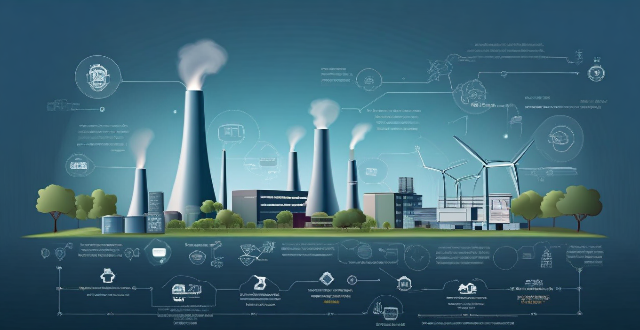Businesses can implement energy-saving technologies in their industrial processes by conducting an energy audit, identifying opportunities for savings, developing an energy management plan, investing in energy-efficient equipment, optimizing processes, training employees on energy-saving practices, and regularly monitoring performance.

How Can Businesses Implement Energy-Saving Technologies in Their Industrial Processes?
Businesses can implement energy-saving technologies in their industrial processes by following these steps:
1. Audit and Assessment
The first step is to conduct an energy audit and assessment of the existing industrial processes. This will help identify areas where energy is being wasted and where improvements can be made. The audit should cover all aspects of energy consumption, including heating, cooling, lighting, ventilation, and machinery operation.
2. Identify Opportunities for Energy Savings
Based on the results of the audit, businesses should identify opportunities for energy savings. This could include replacing old equipment with more energy-efficient models, implementing new processes that require less energy, or upgrading existing systems to reduce energy consumption.
3. Develop an Energy Management Plan
Once opportunities for energy savings have been identified, businesses should develop an energy management plan. This plan should outline specific goals and strategies for reducing energy consumption and increasing efficiency. It should also include a timeline for implementation and regular monitoring to track progress.
4. Invest in Energy-Efficient Equipment
Investing in energy-efficient equipment is one of the most effective ways to reduce energy consumption in industrial processes. This could include replacing old machinery with newer models that are designed to use less energy, installing energy-saving devices such as variable frequency drives (VFDs) on motors, or using renewable energy sources like solar panels or wind turbines.
5. Optimize Processes and Procedures
In addition to investing in new equipment, businesses can also optimize their processes and procedures to reduce energy consumption. This could involve redesigning production lines to minimize waste, implementing lean manufacturing techniques, or using automation and control systems to improve efficiency.
6. Train Employees on Energy Saving Practices
Employees play a crucial role in implementing energy-saving technologies in industrial processes. Businesses should provide training and education on energy-saving practices, so employees understand how they can contribute to reducing energy consumption and increasing efficiency. This could include simple actions like turning off lights when not needed or more complex tasks like operating machinery efficiently.
7. Monitor and Evaluate Performance
Finally, businesses should regularly monitor and evaluate the performance of their energy-saving technologies and practices. This will help identify any issues or areas for improvement and ensure that the company is meeting its energy reduction goals. Regular evaluations can also help identify new opportunities for further energy savings.